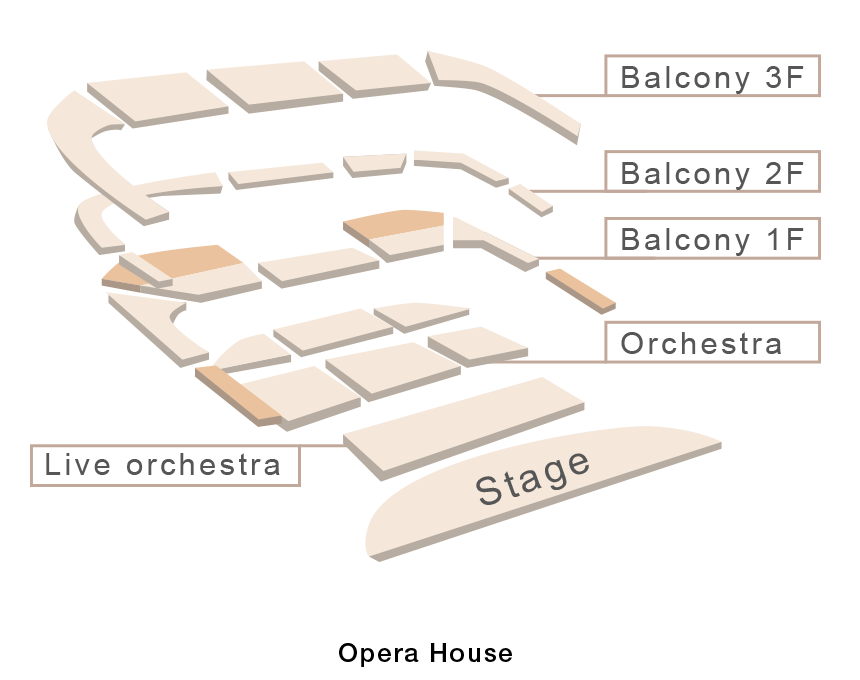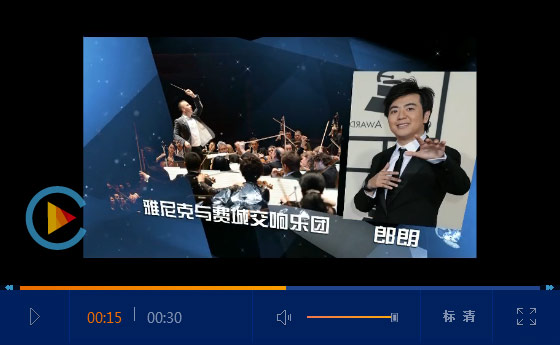Serge Lifar Choreographer
Serge Lifar was a French ballet dancer and choreographer of Ukrainian origin, famous as one of the greatest male ballet dancers of the 20th century. Not only a dancer, Lifar was also a choreographer, director, writer, theoretician about dance, and collector.[
As ballet master of the Paris Opera from 1930 to 1944, and from 1947 to 1958, he devoted himself to the restoration of the technical level of the Paris Opera Ballet, returning it to its place as one of the best companies in the world.
Stephen Baynes Choreographer
Adelaide-born Stephen Baynes trained with Joanne Priest and graduated from The Australian Ballet School in 1975. He joined The Australian Ballet the following year and left in 1981 to join the Stuttgart Ballet. He returned to The Australian Ballet in 1985 and was promoted to Soloist in 1992.
Stephen's extraordinary talent as a choreographer was first unveiled in 1986 with Strauss Songs, a work created for a company choreographic workshop. Then in 1988, for The Australian Ballet's 25th Anniversary Choreographic Competition, Stephen presented the winning work Ballade, after which the work entered The Australian Ballet repertoire and was performed that season. Also in 1988, Stephen received the Qantas Youth Award for professional development, enabling him to travel overseas to experience various works of Europe's major choreographers.
Stephen Baynes' first commissioned work for The Australian Ballet, Catalyst, premiered in 1990 and toured nationally. It was performed on the 1992 tour of London where it received a nomination for Best Dance Production at the Laurence Olivier Awards and again in 1994 on the company's tour of the United States.
In 1995 Stephen Baynes was appointed Resident Choreographer with The Australian Ballet and later that year was awarded the Kelvin Coe Memorial Scholarship. His commissioned works for that year included Episodesfor La Scala Ballet, Milan, and Beyond Bach, which received its world premiere in Melbourne. Stephen also created a work for Sydney Dance Company, Into Dharma, which premiered in May 1996. In June Shadow in theFacet, set to music by Ravel, was given its world premiere by The Australian Ballet.
In 1997 Stephen Baynes was commissioned to create a work on The Australian Ballet for the Melbourne International Festival of the Arts. That work, At the edgeof night, was televised on ABC Television. In 1998 his first full-length work, 1914, premiered in Sydney with The Australian Ballet. In 1999, At the edge of night made its international debut and received critical acclaim in New York and Washington on The Australian Ballet's US tour. Stephen has had works commissioned by the Queensland Ballet (The Fold, 1999), West Australian Ballet (Into theDarkness, 1996; Lachrimae, 2000) and last year by Pacific Northwest Ballet in Seattle and New York City Ballet. He also restaged Beyond Bach for The Royal Ballet.
In 2000, Stephen Baynes created Personal Best for The Australian Ballet, which premiered as part of the Olympic Arts Festival, and Requiem, which premiered in Adelaide in 2001. In 2003 in Melbourne, Stephen premiered MoltoVivace, for which he received the Betty Pounder Award for Original Choreography.
In 2004 Stephen presented two new works created on The Australian Ballet's elite dancers: Imaginary Masque and Unspoken Dialogues as part of the Southern Lights trilogy. The trilogy also included El Tango, a re-worked piece that Stephen premiered with Pacific Northwest Ballet in the US in 2002.
Last year Unspoken Dialogues received the Helpmann Award for Best Choreography, with Steven Heathcote and Justine Summers also awarded for their performances. In May of this year the work was performed in London in a programme to celebrate the seventy-fifth anniversary of The Royal Ballet.
Twyla Tharp Choreographer
Since graduating from Barnard College in 1963, Ms. Tharp has choreographed more than one hundred sixty works: one hundred twenty-nine dances, twelve television specials, six Hollywood movies, four full-length ballets, four Broadway shows and two figure skating routines. She received one Tony Award, two Emmy Awards, nineteen honorary doctorates, the Vietnam Veterans of America President's Award, the 2004 National Medal of the Arts, the 2008 Jerome Robbins Prize, and a 2008 Kennedy CenterHonor. Her many grants include the John D. and Catherine T. MacArthur Fellowship. She is a member of the American Academy of Arts and Sciences and an Honorary Member of the American Academy of Arts and Letters.
In 1965, Ms. Tharp founded her dance company, Twyla Tharp Dance. Her dances are known for creativity, wit and technical precision coupled with a streetwise nonchalance. By combining different forms of movement – such as jazz, ballet, boxing and inventions of her own making – Ms. Tharp's work expands the boundaries of ballet and modern dance.
In addition to choreographing for her own company, she has created dances for The Joffrey Ballet, American Ballet Theatre, The Paris Opera Ballet, The Royal Ballet, New York City Ballet, The Boston Ballet, The Australian Ballet, Hubbard Street Dance Chicago, The Martha Graham Dance Company, Miami City Ballet, Pacific Northwest Ballet, Atlanta Ballet and Royal Winnipeg Ballet. Today, ballet and dance companies around the world continue to perform Ms. Tharp’s works.
Ms. Tharp's work first appeared on Broadway in 1980 with WHEN WE WERE VERY YOUNG, followed by her collaboration with musician David Byrne on THE CATHERINE WHEEL and later by SINGIN' IN THE RAIN. In 2002, Ms. Tharp’s dance musical MOVIN' OUT, set to the music and lyrics of Billy Joel. Ms. Tharp later worked with Bob Dylan's music and lyrics in THE TIMES THEY ARE A-CHANGIN' and COME FLY AWAY, set to songs sung by Frank Sinatra.
In film, Ms. Tharp has collaborated with director Milos Forman on HAIR, RAGTIME and AMADEUS. She has also worked with Taylor Hackford on WHITE NIGHTS and James Brooks on I'LL DO ANYTHING.
Her television credits include choreographing SUE'S LEG for the inaugural episode of PBS' DANCE IN AMERICA IN 1976, co-producing and directing MAKING TELEVISION DANCE, and directing THE CATHERINE WHEEL for BBC Television. Ms. Tharp co-directed the television special BARYSHNIKOV BY THARP.
In 1992, Ms. Tharp published her autobiography PUSH COMES TO SHOVE. She went on to write THE CREATIVE HABIT: Learn it and Use it for Life, followed by THE COLLABORATIVE HABIT: Life Lessons for Working Together.
Today, Ms. Tharp continues to create.
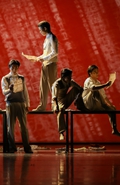 Repertoire
Repertoire
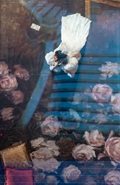 Films
Films
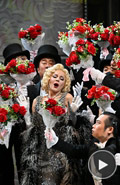 Videos
Videos
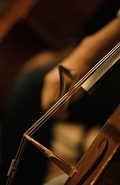 Podcast
Podcast
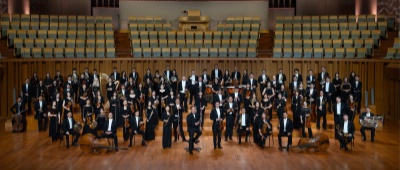 China NCPA Orchestra
China NCPA Orchestra
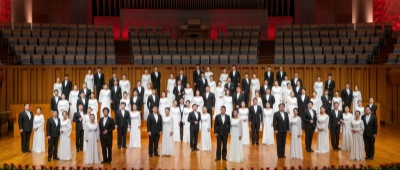 China NCPA Chorus
China NCPA Chorus
 NCPA Resident Singers
NCPA Resident Singers
 NCPA Drama Ensemble
NCPA Drama Ensemble
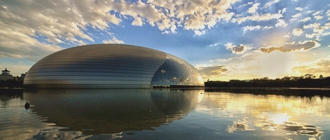 Buildings
Exhibitions
Buildings
Exhibitions
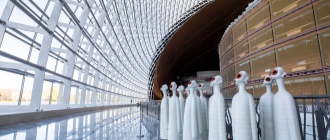 Opening Hours
Services
Opening Hours
Services
 Western Cuisine
NCPA Café
Arts Gifts
Western Cuisine
NCPA Café
Arts Gifts







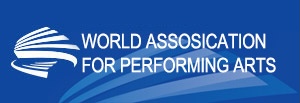
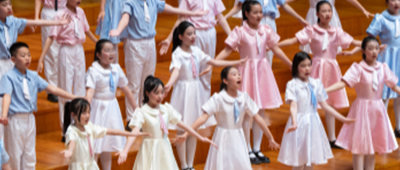
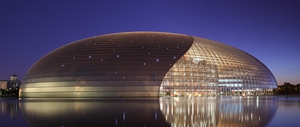








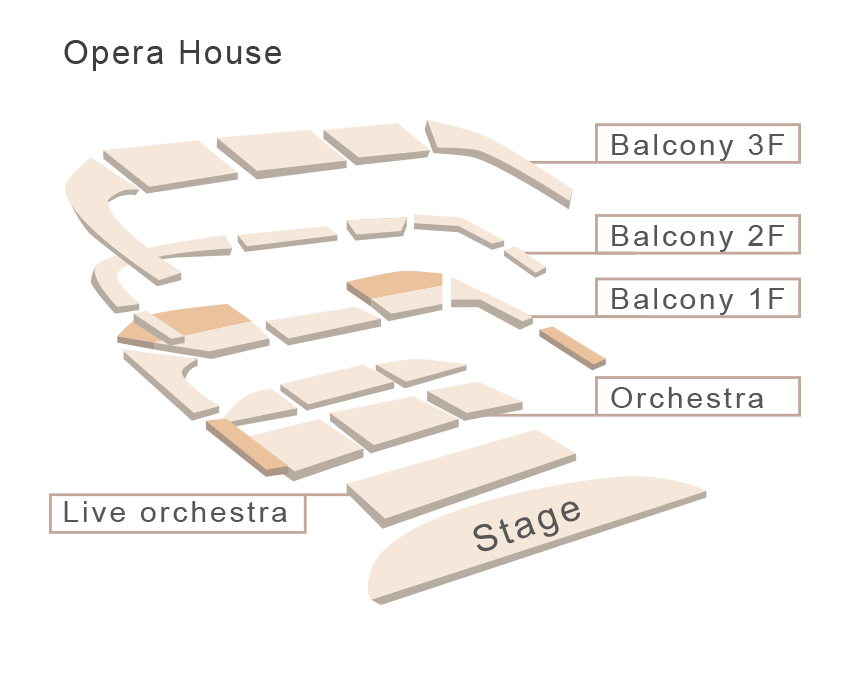 歌剧院
歌剧院
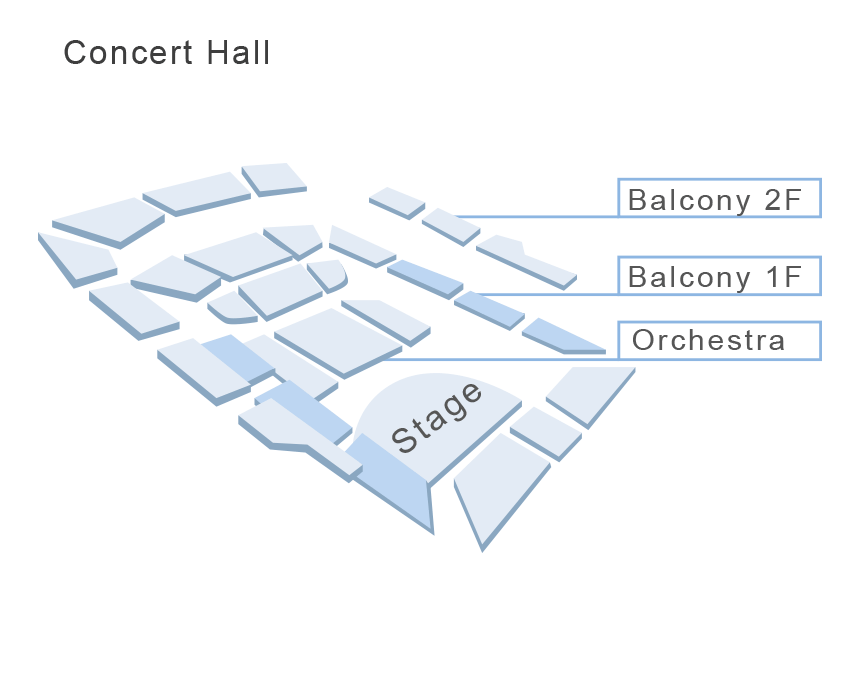 音乐厅
音乐厅
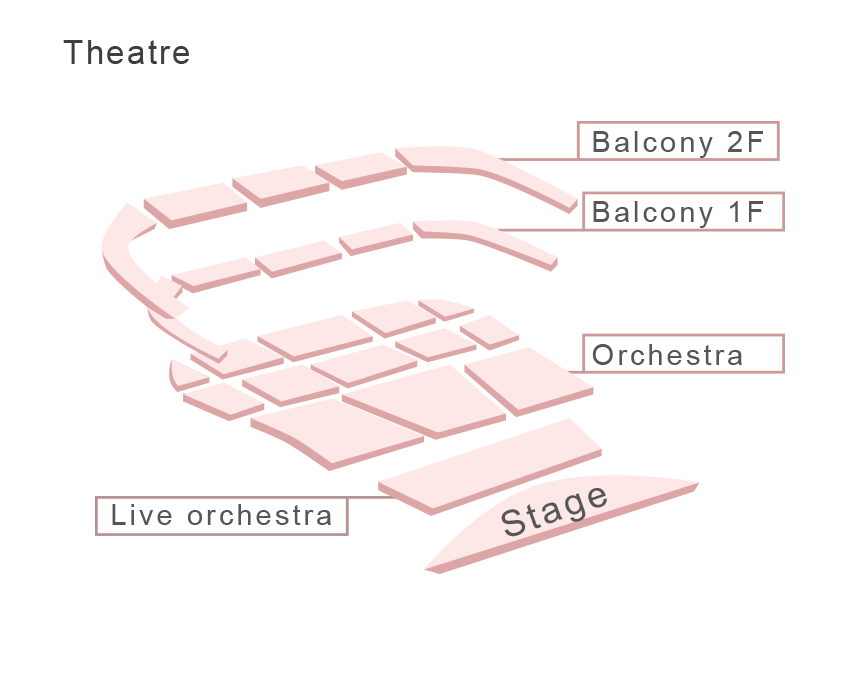 戏剧场
戏剧场
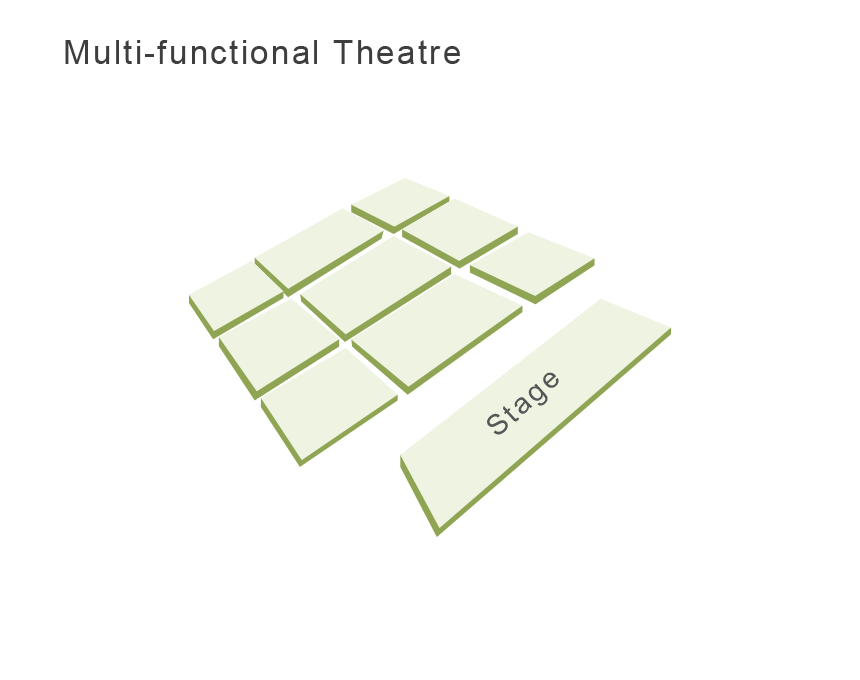 小剧场
小剧场












